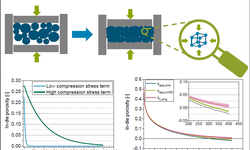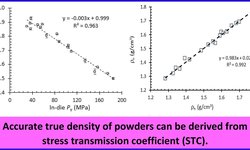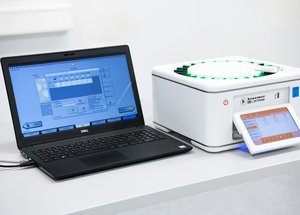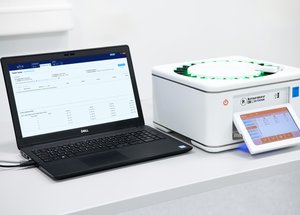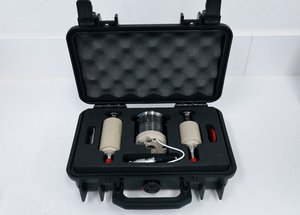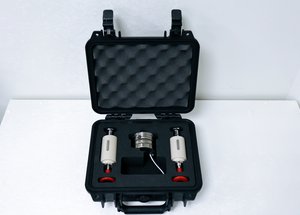Scientific papers
Determining particle density is a crucial aspect of material characterization, particularly in compression analyses. Helium pycnometry, the most commonly used method, has faced criticism for various reasons, with a notable susceptibility to errors when measuring water-containing powders. Alternative methods for determining particle density based on compression data have been previously described; however, a comprehensive investigation and evaluation are still lacking. In this study, the methods proposed by Sun and Krumme underwent detailed scrutiny regarding their robustness against variations in tableting settings. Twelve pharmaceutical excipients were subjected to tabletting at five different settings to validate the applicability and sensitivity to changes in the experimental setup. Both methods demonstrated robustness against influencing parameters from the experiments. A crucial requirement for the effective performance of these methods was identified as a sufficiently high compression pressure to approach a constant density value of the corresponding material during tableting. It was observed that brittle materials with high yield pressure were unsuitable for the application of both methods. The method proposed by Krumme exhibited small deviations compared to helium pycnometry measurements for water-free materials. Moreover, by utilizing tablet density after in-die elastic recovery, Krumme's method could be extended to encompass water-containing materials. On the other hand, Sun's method yielded significantly smaller values for particle density, primarily due to the inclusion of slow elastic recovery.
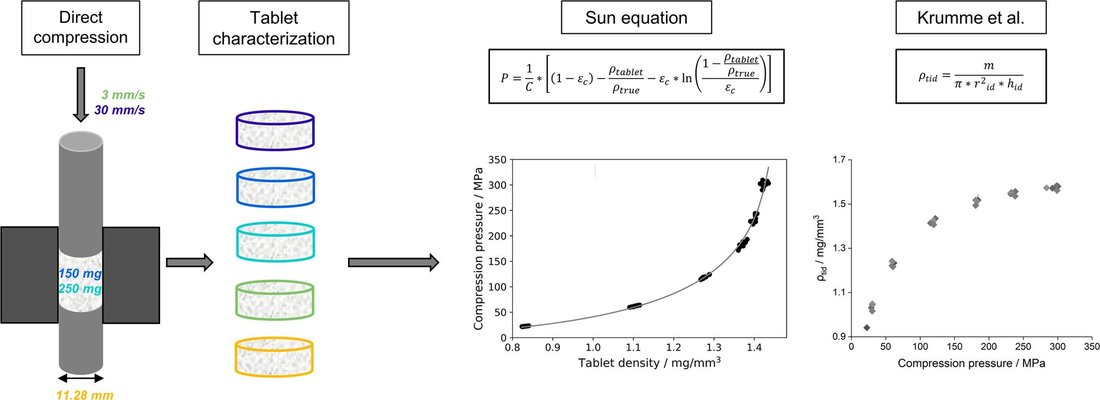
Comments
No comments posted yet.
Add a comment

